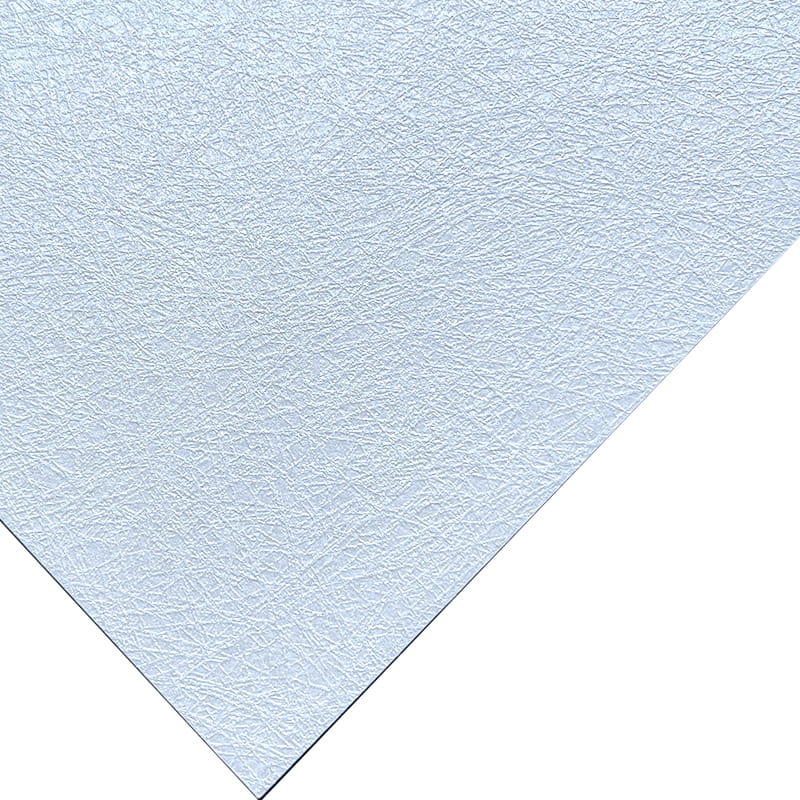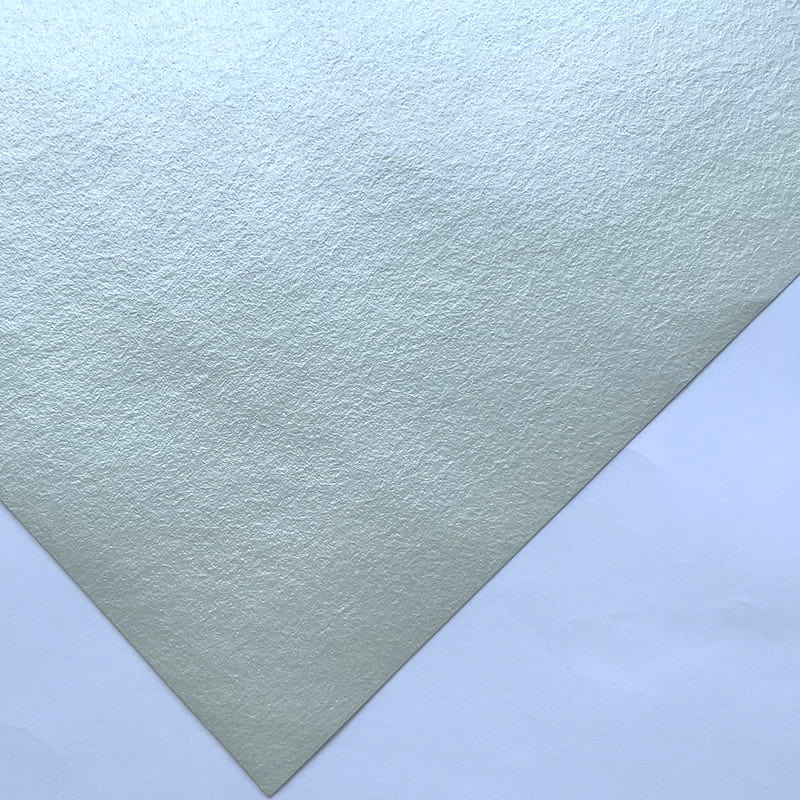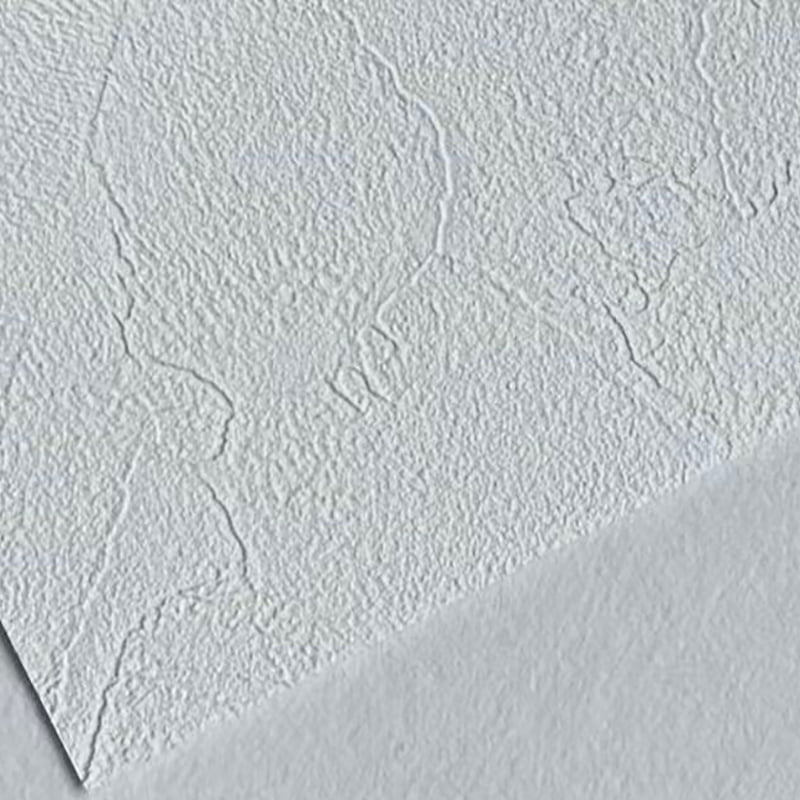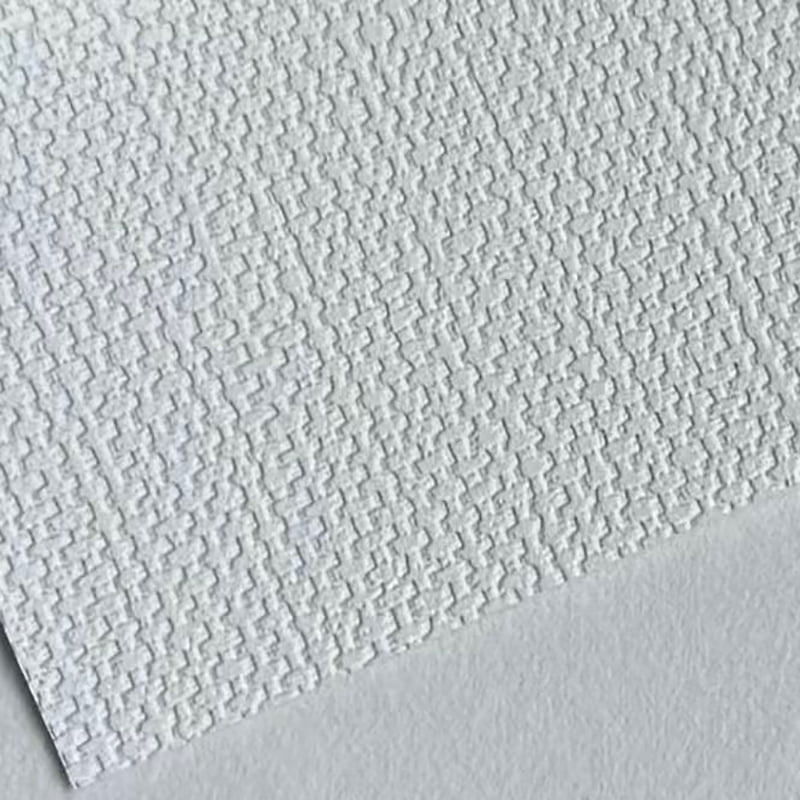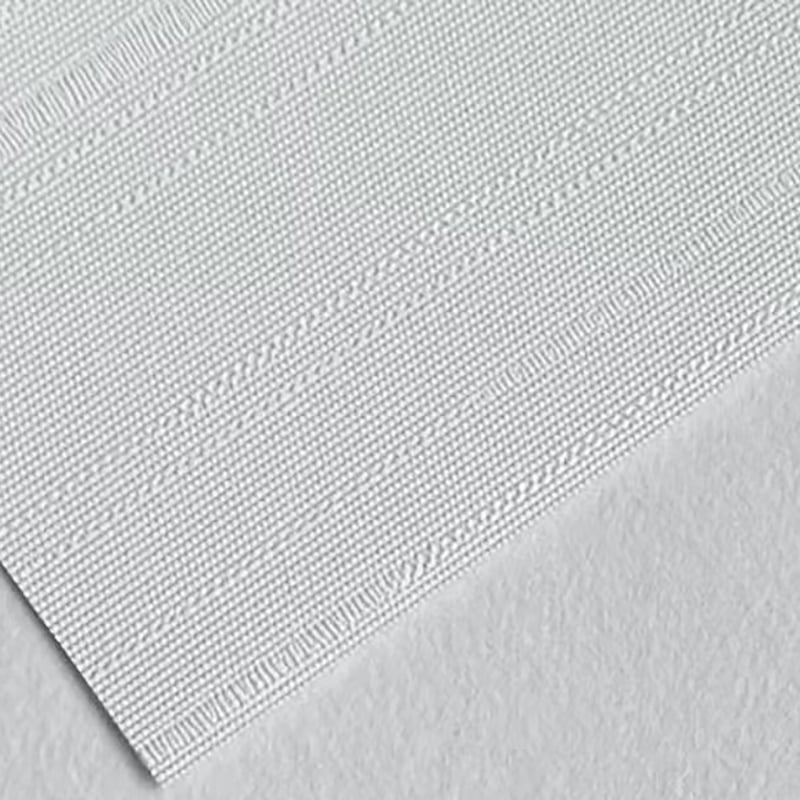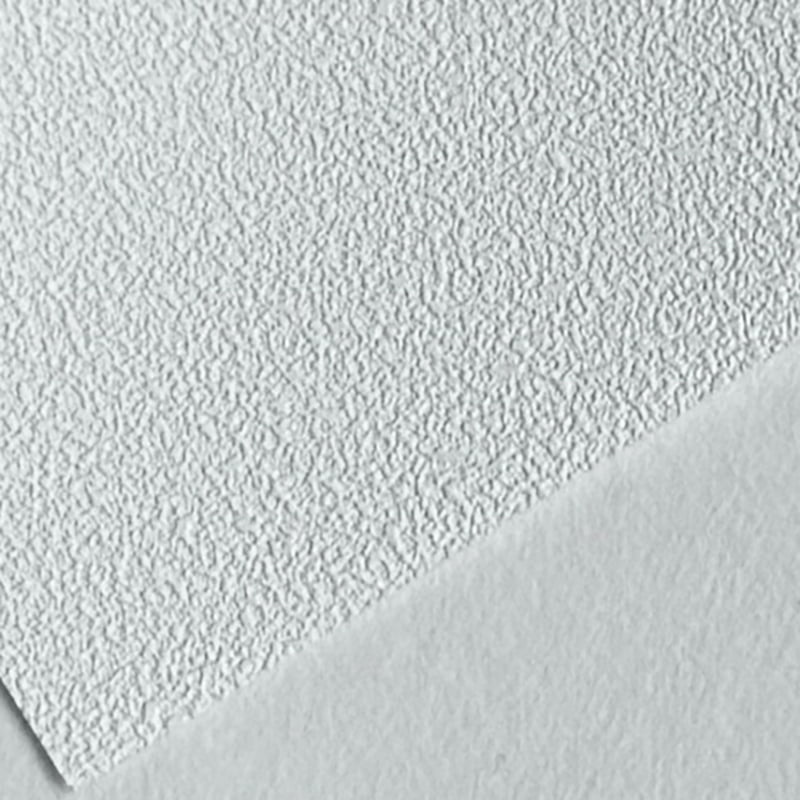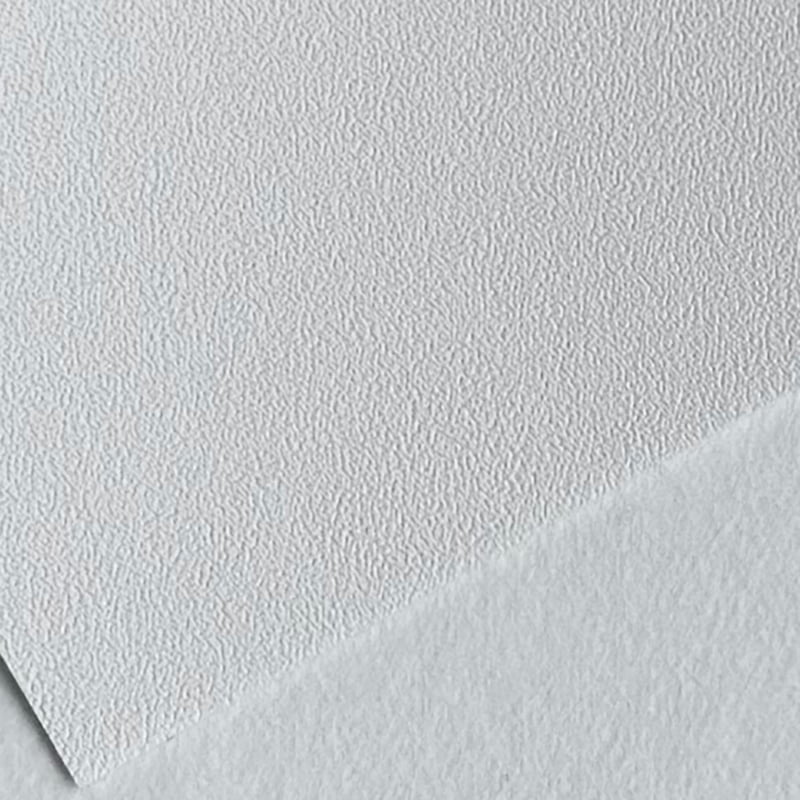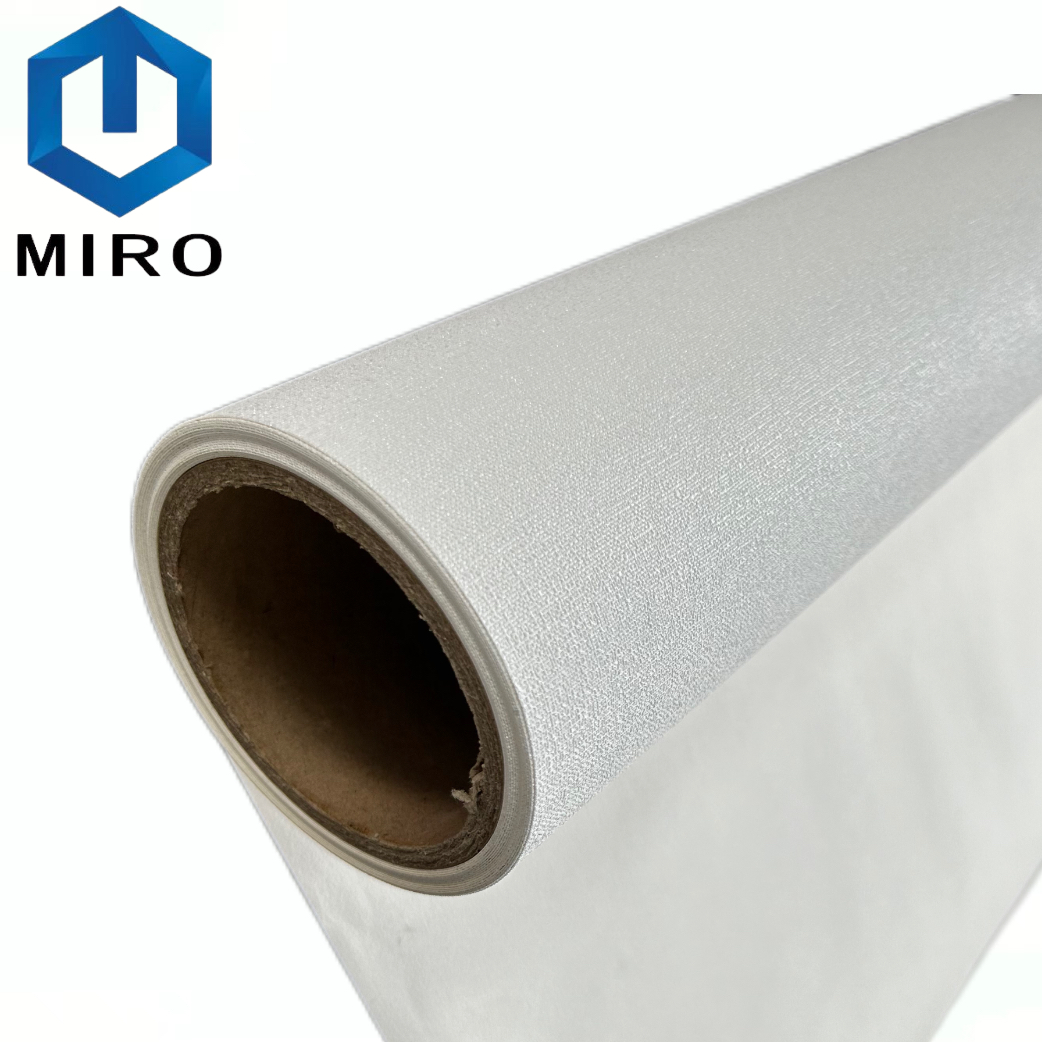Textile decorative fabrics, as an indispensable element in home design, are not just simple coverings but the soul that gives a space life and personality. They directly influence our living experience visually and sensually through unique textures, rich colors, and diverse patterns. Imagine how cold and monotonous a room would be without the soft light of curtains, the comfortable embrace of a sofa, or the cozy touch of pillows.
The importance of textile decorative fabrics is increasingly prominent in modern home design. Like a painter's palette, they can easily change the ambiance and style of a space through different materials, patterns, and color combinations. From vintage luxury to modern simplicity, from pastoral freshness to industrial roughness, every style can be achieved by choosing the right textile decorative fabrics.
Therefore, learning how to choose and use textile decorative fabrics is key for every home enthusiast to improve their quality of life. This article will provide a comprehensive guide, from understanding fabric types to practical applications, to help you create a space that is both beautiful and comfortable.
Part 1: Understanding Common Types of Textile Decorative Fabrics
Before delving into how to choose and apply textile decorative fabrics, we first need to understand the common types of fabrics on the market and their characteristics. Each fabric has its unique advantages and suitable scenarios, and understanding them will help you make a more informed choice.
Cotton and Linen Fabrics
Cotton and linen fabrics are popular for their natural, eco-friendly, and breathable properties. They usually feel soft and have a lightweight texture, creating a natural, rustic, and comfortable atmosphere.
- Advantages: Good moisture absorption, excellent breathability, skin-friendly and comfortable, making them perfect for close-fitting clothing or summer home textiles. Their natural wrinkles also add a sense of casual beauty.
- Suitable Scenarios: Curtains, sofa covers, pillowcases, bedding, etc. Especially suitable for creating a Nordic, Japanese, or pastoral home style.
Velvet Fabric
Velvet is a high-end fabric with a rich luster, delicate feel, and smooth touch. It can bring a luxurious, vintage, and textured visual effect to the home.
- Advantages: Rich pile surface, good drape, and high color saturation, which can create a rich sense of layers and light effects. Velvet also has good warmth retention.
- Suitable Scenarios: Sofas, curtains, headboards, etc. Often used in European classical, American vintage, or light luxury home styles.
Chenille Fabric
Chenille fabric is made from a special yarn, with a rich pile surface that feels soft and thick. It is loved for its unique luster and variable texture.
- Advantages: Thick texture, soft touch, good warmth retention, and good sound absorption. Its durability also makes it an ideal choice for sofa fabric.
- Suitable Scenarios: Sofas, cushions, carpets, etc. Often used in modern minimalist, new Chinese, and various other styles.
Silk Fabric
Silk is known as the "queen of fibers," renowned for its smooth, soft, and glossy characteristics. It can add a touch of elegance and refinement to the home.
- Advantages: Excellent skin-friendliness, good breathability, and high luster, which can create a noble and magnificent atmosphere.
- Suitable Scenarios: Pillows, decorative paintings, bedding, etc. Especially suitable for enhancing the quality of details.
Part 2: How to Choose the Right Sofa Fabric
Sofa fabric is the visual focal point of the home, and its choice directly determines the overall style and comfort of the living room. Choosing the right sofa fabric not only makes your sofa look more beautiful but also significantly extends its lifespan and makes daily cleaning easier. When choosing, you need to consider the following key factors.
1. Durability and Practicality
Sofa fabric needs to withstand frequent daily use, so durability is the primary consideration. If you have children or pets at home, or if the living room is used frequently, choosing a highly durable fabric is crucial.
- Highly Durable Fabrics: Tech cloth, linen, cotton-linen blends, etc. They usually have a tight fiber structure, are not prone to pilling or wear, and are easier to maintain.
- Practicality Considerations: In addition to durability, stain resistance, water resistance, and oil resistance are also important. Some specially treated sofa fabrics on the market, such as "easy-clean" or "triple-proof" fabrics, can effectively resist stains, saving you a lot of cleaning trouble while you enjoy life.
2. Color and Texture Matching
The color and texture of sofa fabric are the "magicians" for creating an atmosphere. They can make the space feel warm, serene, or full of vitality.
- Color Selection:
- Light colors (off-white, light gray, khaki) can make the space appear more spacious and bright, suitable for small apartments or minimalist styles.
- Dark colors (dark blue, forest green, gray) look more stable and grand, suitable for large spaces or vintage and light luxury styles.
- To add vitality, you can try bold accent colors like mustard yellow or sapphire blue, but be sure to coordinate with the overall home color scheme.
- Texture Selection:
- Rough textures (like linen) can bring a natural, rustic feel.
- Delicate textures (like velvet) look exquisite and luxurious.
- Geometric or floral patterns on sofa fabric can add visual interest, but avoid being too busy to prevent visual fatigue.
3. Season and Climate Considerations
Different materials of sofa fabric perform differently in various seasons and climates.
- Summer or Humid Areas: It is recommended to choose breathable fabrics like linen or cotton-linen blends, which can effectively dissipate heat and absorb moisture, bringing a refreshing feel.
- Winter or Cold Areas: Thick and warm fabrics like velvet and chenille are good choices, adding a sense of warmth and comfort to the space.
In short, when choosing sofa fabric, don't just look at its appearance; also understand its "inner qualities." By comprehensively considering durability, color, texture, and seasonal factors, you will surely find the perfect fabric for you and your family.
Part 3: Curtain Fabric - The Perfect Combination of Light and Aesthetics
In the world of textile decorative fabrics, curtain fabric plays a crucial role. It is not only a practical tool for adjusting indoor light and protecting privacy but also an artwork that enhances the beauty of the home. Cleverly using curtain fabric can make your home present different charms in the changing light.
1. Functional Considerations: Blackout vs. Translucent
When choosing curtain fabric, you first need to clarify its main function. Different rooms have different light requirements.
- Bedroom: It is recommended to choose curtain fabric with good blackout effects. Full blackout curtains or three-layer woven blackout fabrics can effectively block light, providing you with a quiet and comfortable sleeping environment.
- Living Room and Study: These spaces usually need natural light to create a bright and open atmosphere. You can choose semi-translucent or translucent curtains, such as cotton-linen or gauze fabrics. They can let soft light into the room while ensuring privacy, increasing the sense of space.
2. Color and Material Matching Tips
The color and material of curtain fabric should be in harmony with the overall home style.
- Color Matching:
- Same color family as the wall: Choosing curtains with a similar color to the wall can make the space more cohesive and visually spacious.
- Echoing furniture or soft furnishings: The color of the curtains can echo the color of the sofa, carpet, or pillows, which enhances the sense of coordination and creates a themed and layered home environment.
- Accent piece: If the home is mainly light-colored, you can boldly choose a brightly colored or uniquely patterned curtain as the highlight of the space.
- Material Matching:
- Cotton and linen: Natural and rustic, suitable for Nordic, Japanese, and wabi-sabi styles.
- Velvet: Luxurious and noble, suitable for American, European, and light luxury styles.
- Silk or satin: Good drape and high luster, suitable for new Chinese or modern minimalist styles.
- Sheer curtains: Light and ethereal, often paired with thick main curtains to filter light and create a romantic atmosphere.
3. Hanging Method and Detail Treatment
Besides the fabric itself, the hanging method of the curtains can also affect the final result.
- Roman rod or track: Roman rods are suitable for minimalist styles and are easy to install; tracks are more flexible and can achieve an S-shaped or wavy effect.
- Pleat fullness: The higher the pleat fullness of the curtains, the better the drape and the more voluminous the visual effect. Generally, 2x or 2.5x fullness is best.
- Curtain length: The length of the curtain fabric can be either "1-2 cm off the floor" or "puddled on the floor." The puddled style can create a more luxurious and romantic feel.
By considering these aspects, you can find the most suitable curtain fabric for your home, making it one of the most eye-catching textile decorative fabrics in your space.
Part 4: The Diverse Applications of Home Fabrics
The use of home fabrics goes far beyond sofas and curtains; they can be integrated into your living space in many forms, enhancing the quality and comfort of your home in the details. By cleverly using different home fabrics, you can easily add personality to your home and create a multi-layered visual effect.
1. Pillows and Cushions: Small Changes, Big Impact
Pillows and cushions are the easiest and fastest way to change the atmosphere of a space. They are the "small samples" of home fabrics, allowing you to boldly experiment with various colors and materials.
- Color and Pattern: The color of the pillows can contrast with the main color scheme or echo other soft furnishing fabrics like curtains and carpets. By combining pillows of different sizes, shapes, and patterns, you can add interest and layers to the sofa area.
- Material Mixing: Try mixing and matching pillows of different materials, such as rough cotton and linen, soft velvet, and jacquard fabrics with geometric textures. This contrast in materials can make your sofa look more textured and stylish.
2. Tablecloths and Placemats: Creating a Sense of Dining Ritual
The dining table is a gathering place for family and friends, and tablecloths and placemats are key to creating a dining atmosphere.
- Tablecloths: Choosing a tablecloth that matches the dining room style can instantly elevate the dining table. A cotton-linen tablecloth can bring a natural, warm feel; a PVC or waterproof tablecloth is easier to clean and suitable for daily use.
- Placemats: Different placemat materials, such as cotton and linen, woven rattan, or leather, can add a unique sense of ritual to every meal.
3. Bedding: A Duet of Comfort and Beauty
Bedding is the largest area of home fabric in the bedroom, and its choice is directly related to the quality of sleep and the overall atmosphere of the room.
- Fabric Selection:
- Cotton: Moisture-wicking and breathable, skin-friendly, making it the first choice for most people.
- Silk: Smooth and cool, suitable for summer, and can bring a luxurious sleeping experience.
- Velvet or flannel: Thick pile, good warmth retention, and an ideal choice for winter.
- Color Matching: The color of the bedding should coordinate with the bedroom walls, curtains, etc. You can choose solid-colored bedding to create a serene and comfortable sleeping space, or try bedding with prints or geometric patterns to add vitality to the bedroom.
4. Other Small-Scale Textile Decorative Fabrics
In addition to the above, there are many other small-scale home fabrics that can enrich your home:
- Rugs: Can define a space, add underfoot comfort, and bring color and texture to the room.
- Wall tapestries or decorative cloths: A unique way to decorate walls, adding an artistic and exotic flair to the space.
- Storage bags or boxes: Storage items made from home fabrics are both beautiful and practical, helping to keep your home tidy and organized.
Through the clever use of these small home fabrics, you can fill every corner of your home with detail and warmth.
Part 5: The Comfort and Health of Home Textile Fabrics
Home textile fabrics are the most frequently contacted textile decorative fabrics for our bodies, and their choice is directly related to the quality of our sleep and health. A good sleeping environment is inseparable from comfortable and healthy home textile fabrics. Therefore, when choosing bedding, you should focus on its material properties in addition to its appearance.
1. Skin-Friendliness: Choosing Natural Fibers
For home textile fabrics that directly touch the skin, skin-friendliness is crucial. Natural fibers are usually a better choice because they cause less skin irritation, are breathable, and are less likely to cause allergies.
- Cotton: Whether it's ordinary cotton, long-staple cotton, or Sea Island cotton, cotton home textile fabrics are highly praised for their soft, moisture-wicking, and breathable properties. They keep you dry and comfortable during sleep, making them an ideal choice for all seasons.
- Silk: Silk fabric is made from silkworm cocoons, with a smooth and delicate touch and a natural luster. It not only provides a luxurious sleeping experience but also has a nourishing effect on the skin and hair due to its unique protein structure. Silk is suitable for summer use because it can quickly absorb and release sweat, keeping you cool.
- Linen: Linen fibers are strong and have good breathability and moisture absorption. Linen home textile fabrics become softer with each wash and have a natural wrinkled look, making them especially suitable for people who pursue a natural and minimalist lifestyle.
2. Breathability: Saying Goodbye to Stuffiness and Humidity
Good breathability is an important indicator of the health of home textile fabrics. It helps us dissipate sweat and heat generated during sleep, prevents bacterial growth, and keeps the bedding dry and hygienic.
- Fiber Structure: Fabrics with larger gaps between fibers, such as cotton-linen and bamboo fiber, are usually more breathable. In contrast, fabrics with a pile surface like flannel and chenille, although they are warm, can feel stuffy in humid or hot environments.
- Weaving Process: Different weaving methods also affect breathability. For example, plain weave fabrics are more breathable than twill weave fabrics because their fiber interweaving is looser.
3. Antibacterial and Anti-mite: Protecting Family Health
Bedding is a breeding ground for mites and bacteria, especially in humid environments. Choosing home textile fabrics with antibacterial and anti-mite functions can effectively reduce allergens and protect family health.
- Natural Antibacterial: Some natural fibers, such as bamboo fiber and hemp fiber, have natural antibacterial properties.
- Antibacterial Technology: Many home textile fabrics on the market are also specially treated to be antibacterial and anti-mite; you can look for relevant information on the product labels when purchasing.
In summary, when choosing home textile fabrics, prioritize comfort and health. Investing in a set of high-quality home textile fabrics is an investment in your sleep and quality of life.
Part 6: Soft Furnishing Fabric Matching Tips
Soft furnishing fabric is an indispensable part of home design, giving a space a unique personality and warmth through a combination of colors, materials, and patterns. Learning how to match soft furnishing fabric can help you easily change your home style and enhance its overall taste without major renovations.
1. Color Matching: Creating a Harmonious Visual Effect
Color is the core of soft furnishing fabric matching. Mastering the golden rule of "main color, accent color, and highlight color" can make your home look more layered.
- Main Color: Choose a color that echoes the walls, floors, or large furniture as the base tone of the space. For example, an off-white wall can be matched with a light gray sofa fabric.
- Accent Color: Choose colors that are adjacent or in the same color family as the main color for large-area soft furnishing fabrics like curtains and rugs. This maintains the overall unity and coherence of the space.
- Highlight Color: Use small items of textile decorative fabrics like pillows, small rugs, and decorative paintings to choose bright colors that contrast with the main color as visual focal points. For example, adding one or two mustard yellow or sapphire blue pillows to a gray-toned living room can instantly brighten the space and add vitality.
2. Material Mixing: Increasing the Richness of the Space
Different materials of soft furnishing fabric bring different tactile and visual effects. Cleverly mixing and matching them can make the space more profound and layered.
- Rough and Delicate: Pairing rough linen sofa fabric with delicate velvet pillows creates an interesting contrast, offering both a natural, rustic feel and luxurious elegance.
- Smooth and Textured: Pairing smooth silk curtains with a textured woven cotton and linen rug presents different textures in the light, making the space richer.
3. Pattern Combination: Creating a Unique Style
Patterns are another major highlight of soft furnishing fabric. Boldly combining different patterns can inject personality into the space.
- Same color family, different patterns: Choosing soft furnishing fabrics with similar colors but different patterns, such as stripes, polka dots, and floral patterns, can keep the space harmonious while avoiding monotony.
- Large and small pattern matching: Adding pillows with large or small patterns to a large area of solid-colored soft furnishing fabric can increase the fun of the space. For example, placing a pillow with a large floral pattern on a solid-colored sofa and pairing it with one or two pillows with small geometric patterns.
By mastering these soft furnishing fabric matching tips, you can be an artist, using textile decorative fabrics to add color and life to your home.
Part 7: Frequently Asked Questions (FAQ)
In the process of choosing and using textile decorative fabrics, you may encounter some questions. Here are some common questions and answers about textile decorative fabrics to help you better care for and enjoy your home life.
Q1: How to clean and maintain different types of textile decorative fabrics?
Different types of textile decorative fabrics require different cleaning and maintenance methods to extend their lifespan.
- Cotton and Linen Fabrics: Most cotton and linen fabrics can be machine-washed, but you should choose a gentle cycle and cold water. Avoid high-temperature drying to prevent shrinkage. Use a neutral detergent and avoid bleach during washing.
- Velvet Fabric: Velvet sofa covers or pillowcases are usually best dry-cleaned or spot-cleaned with a neutral detergent. Do not machine wash directly to avoid damaging the pile. For daily care, use a soft brush or vacuum cleaner to gently remove dust.
- Silk Fabric: Silk fabric is very delicate, so hand-washing or dry cleaning is recommended. When hand-washing, use cold water and a special silk and wool detergent, and gently knead. Do not wring it out after washing; let it air dry naturally and avoid direct sunlight.
- Chenille Fabric: Chenille fabric is thick and usually recommended for dry cleaning. If the sofa cover is removable, you can machine wash it according to the label instructions, but avoid mixing it with other coarse clothes.
Q2: When buying textile decorative fabrics, how can I tell if the quality is good?
You can judge the quality of a textile decorative fabric from the following aspects:
- Look: Observe whether the fabric's texture is uniform, the colors are rich, and if there are any color differences or defects.
- Feel: Touch the fabric with your hand to feel its texture. A good textile decorative fabric feels comfortable and soft, without a rough sensation.
- Smell: Smell the fabric for any pungent chemical odors. A good fabric usually has only a faint, natural smell.
- Stretch: Gently pull the fabric to check its elasticity and toughness. A good-quality fabric is not easily deformed or frayed.
Q3: Is it feasible to make my own soft furnishing fabrics?
If you love crafts, it is completely feasible to make your own soft furnishing fabrics.
- Start with simple projects: You can start with simple projects, such as making pillowcases, napkins, or table runners. These do not require complex cutting and sewing skills.
- Prepare your tools: You will need a sewing machine, scissors, a ruler, needles, thread, and other basic tools.
- Choose your fabric: It's recommended to choose home fabrics that are easy to work with, such as cotton-linen or canvas, as they are not slippery and are suitable for beginners.
- Refer to tutorials: There are plenty of DIY soft furnishing fabric tutorials online; you can follow the videos step by step.
Making your own soft furnishing fabrics not only saves money but also adds a unique touch and warmth to your home.


 中文简体
中文简体 English
English русский
русский Español
Español عربى
عربى

